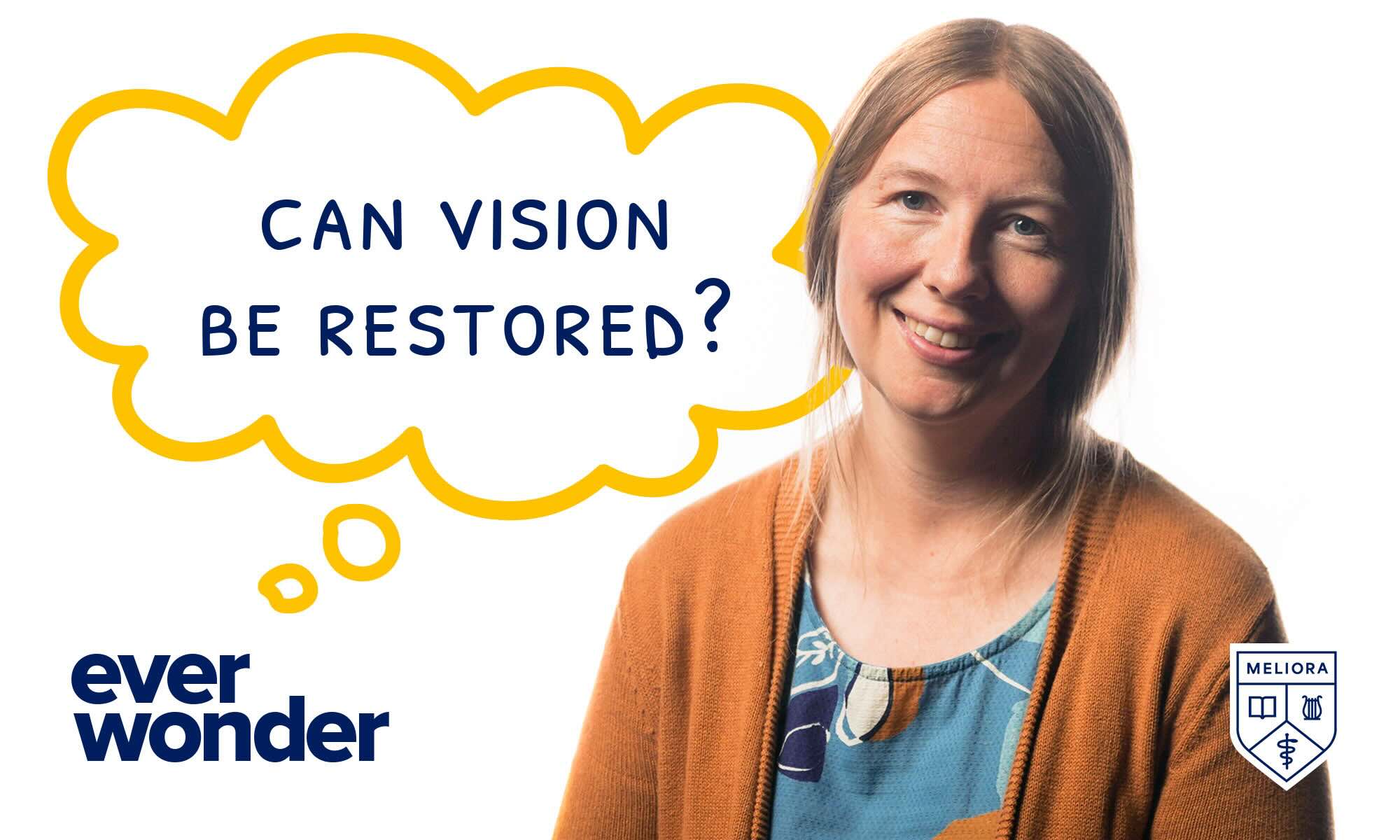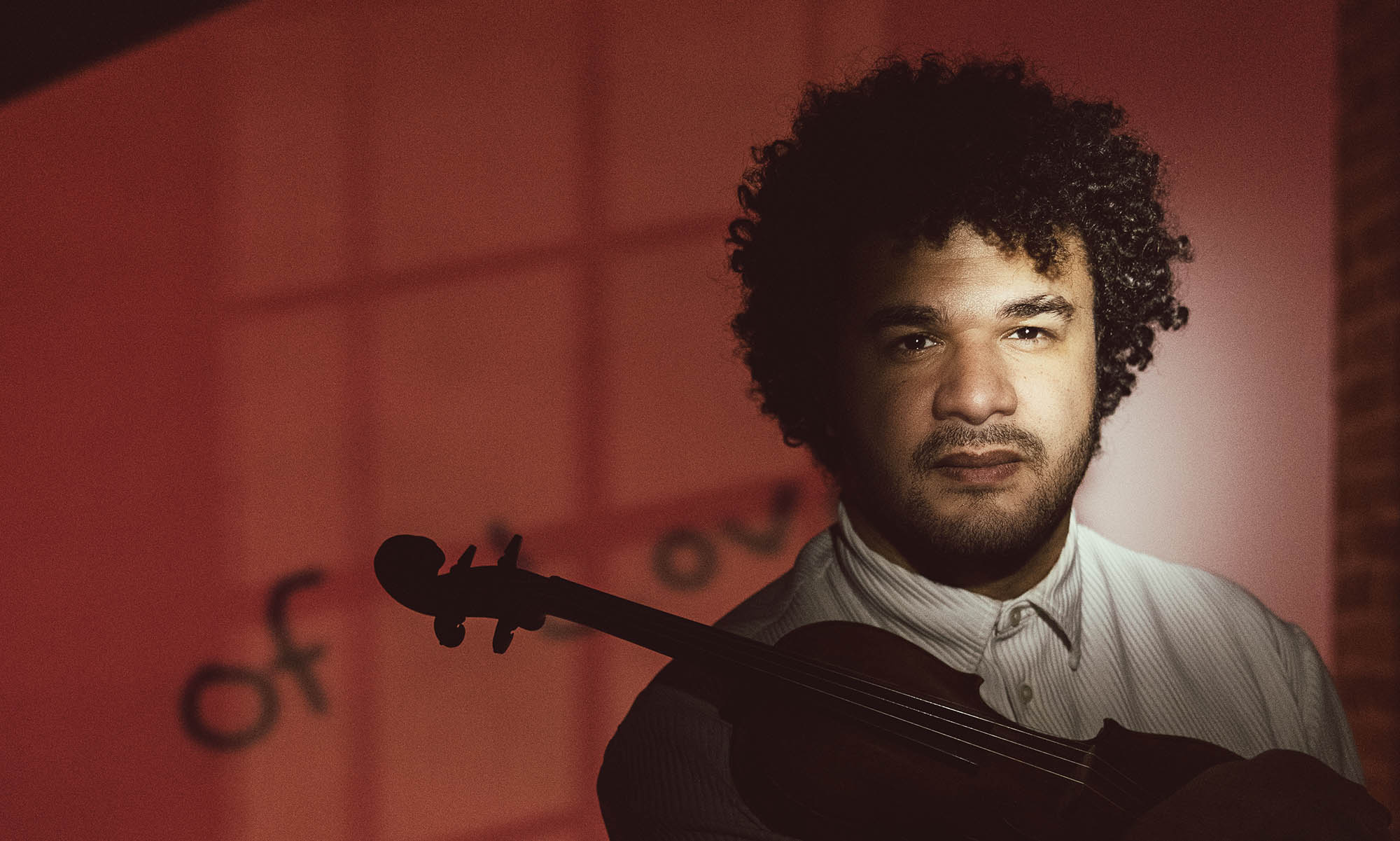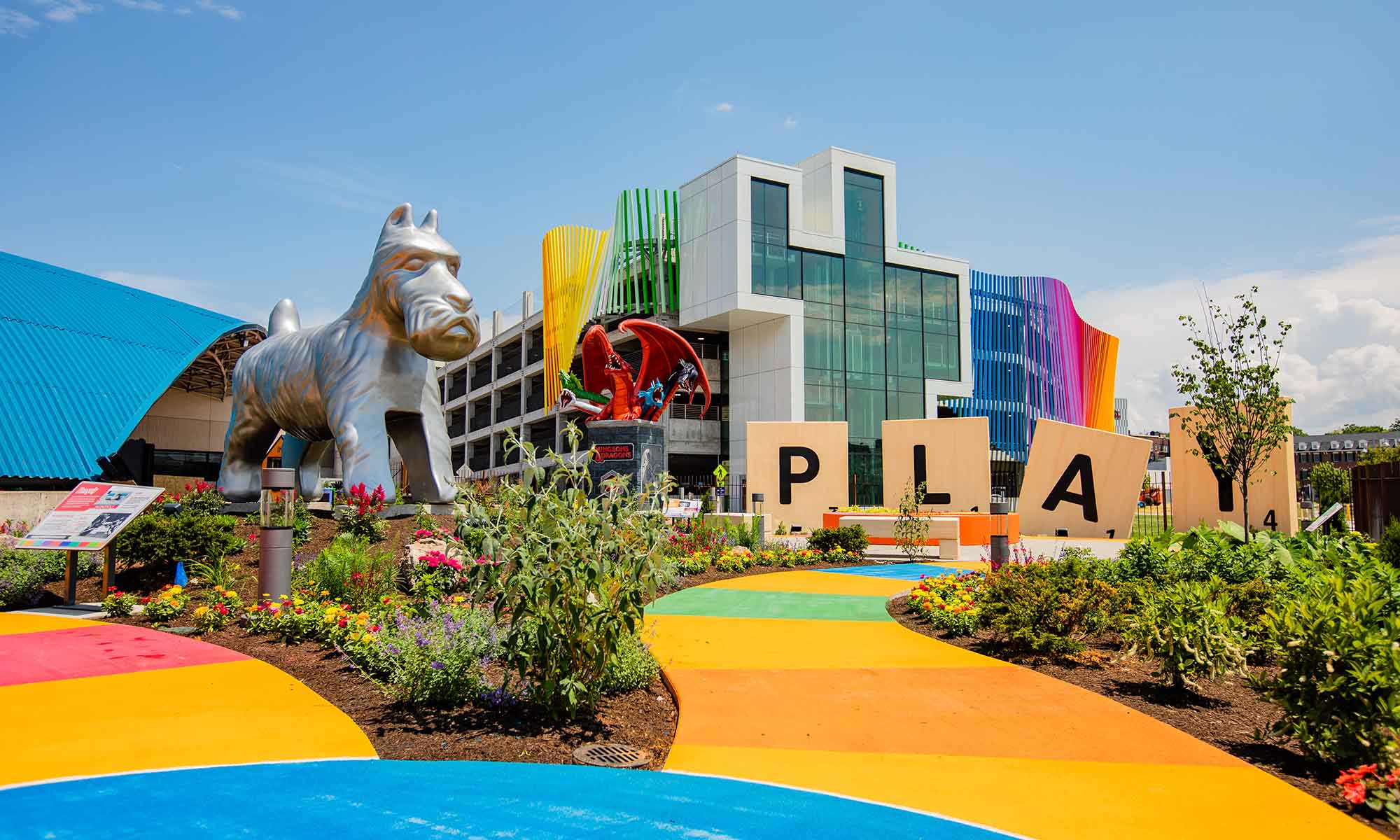
Health & Medicine
Can lost vision be restored?
URochester researchers are at the forefront of improving eyesight while discovering how our visual system works.

What good is the research university? At the University of Rochester, the answers get ever better.











